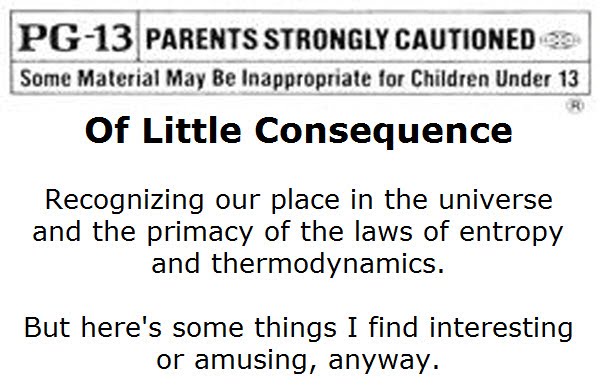IceCube is the world's largest neutrino 'observatory' and is located at the Amundsen-Scott South Pole Station, at the earth's South Pole in Antarctica.
Badgers? The University of Wisconsin at Madison is the lead instituion of the project, which is funded by the National Science Foundation.
The function of of IceCub is to detect and collect information on neutrinos (uncharged, extremely light particles created by the decay of radioactive materials, particles that lack an electric charge.) Trillions of neutrinos pass through each of our bodies every day, but there is little chance that even one of them would interact with an antom in our bodies in a lifetime.
The IceCube devices located at the South Pole actually 'looks' North, using the entire Earth as a filter to block out surface radiation, etc.
The telescope/detector consists of over 4000 Complex sensors, deployed on 'strings' like Christmas lights, at depths in the ice starting between 4750ft. and 8000 feet beneath the surface. (!). It turns our the one of the best materials to embed and enclose such sensors is pure ice, and the miles-thick Antactic ice bed is exactly such a material. The sensors on the strings lowered in holes drilled in the ice by hot-water drilling apparatus don't start until about a mile below the surface, to filter out excess particles coming from the surface.
What is this all supposed to tells us: more information about the growth and death of stellar processes in the early universe, information about 'dark matter' and 'dark energy', the existense of WIMPS ('weakly interacting massive particles') and much more.
The amazing part of the device/telescople is its size: more then one cubic kilometer.
Here are some illustrative diagrams:
(That's the Eiffel Tower on the right,
for size comparison)




OK - Bill - so LESS math, MORE poetry!
ReplyDelete